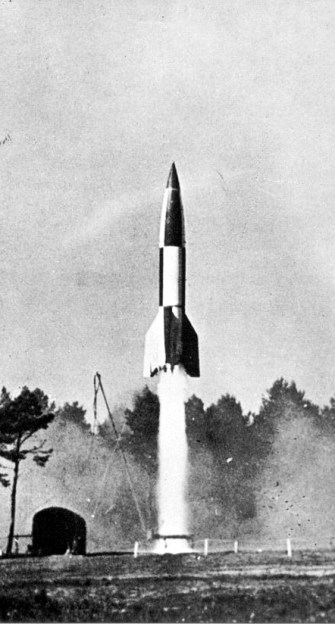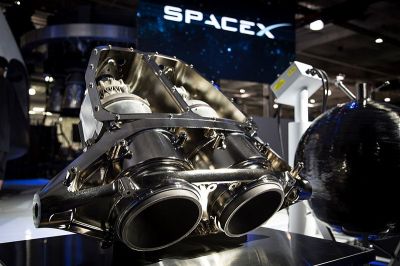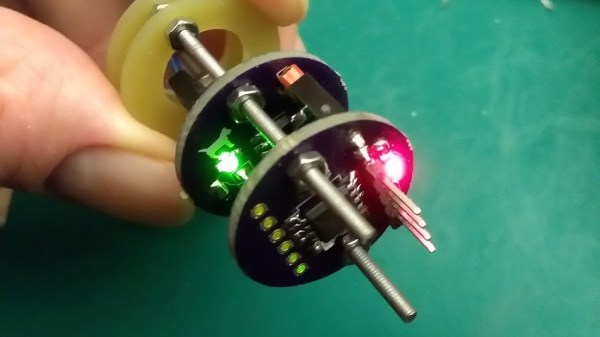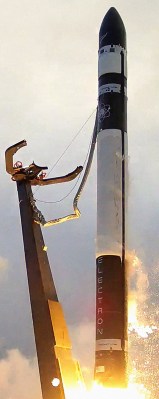Solid rockets are a fun way to get started in rocketry. Brewing up a batch of rocket candy is something achievable even in the home lab, and anyone can give it a go with the right materials. Building a flight-capable liquid-fuelled rocket engine is another thing entirely, but the Purdue Space Program is up to the task.
The result of their hard work is Boomie Zoomie, a rocket which stands 15ft tall and weighs 130lbs. With peak thrust of 800 lbs, it’s got plenty of grunt to help get things off the ground. It’s fuelled by liquid methane, a first for a university-built rocket. The craft is constructed out of 6″ aluminium pipe sections, which were a best-case trade-off between weight, cost, and machinability. Special care was taken during the design process to make things modular, to both allow for future design revisions and ease of field prep. This allows different parts of the team to work independently, streamlining the process of preparing the rocket for launch.
Aiming to compete in the FAR MARS liquid rocket competition, the rocket has undergone two successful hotfires. The team estimates that the first launch should happen in the next few months. Preparations are continuing on the launch trailer and ancilliary support equipment to get things up and running. The aim is to reach a lofty altitude of 45,000 feet.
For those interested in a career in rocketry, Purdue may just be the place to be, with over 300 members in its space program. We’ve seen other top-notch collegiate rocket programs, too – such as this Boston University effort that aims to reach space. Video after the break.


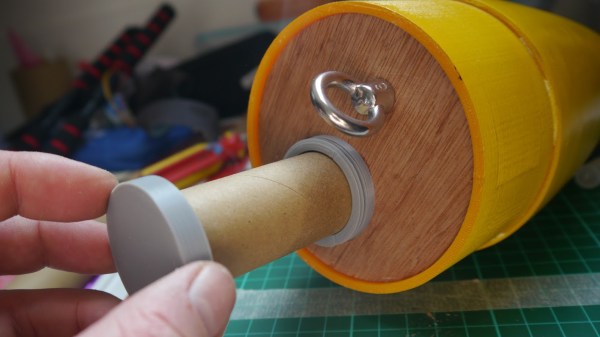
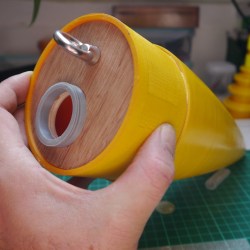 The payload container is a hollow tube with a 3D printed threaded adaptor attached to one end. Payload goes into the tube, and the tube inserts into a hole in the bulkhead, screwing down securely. The result is an easy way to send up something like a GPS tracker, possibly with a LoRa module attached to it. That combination is a popular one with high-altitude balloons, which, like rockets, also require people to retrieve them after not-entirely-predictable landings. LoRa wireless communications have very long range, but that doesn’t help if there’s an obstruction like a hill between you and the transmitter. In those cases,
The payload container is a hollow tube with a 3D printed threaded adaptor attached to one end. Payload goes into the tube, and the tube inserts into a hole in the bulkhead, screwing down securely. The result is an easy way to send up something like a GPS tracker, possibly with a LoRa module attached to it. That combination is a popular one with high-altitude balloons, which, like rockets, also require people to retrieve them after not-entirely-predictable landings. LoRa wireless communications have very long range, but that doesn’t help if there’s an obstruction like a hill between you and the transmitter. In those cases, 
